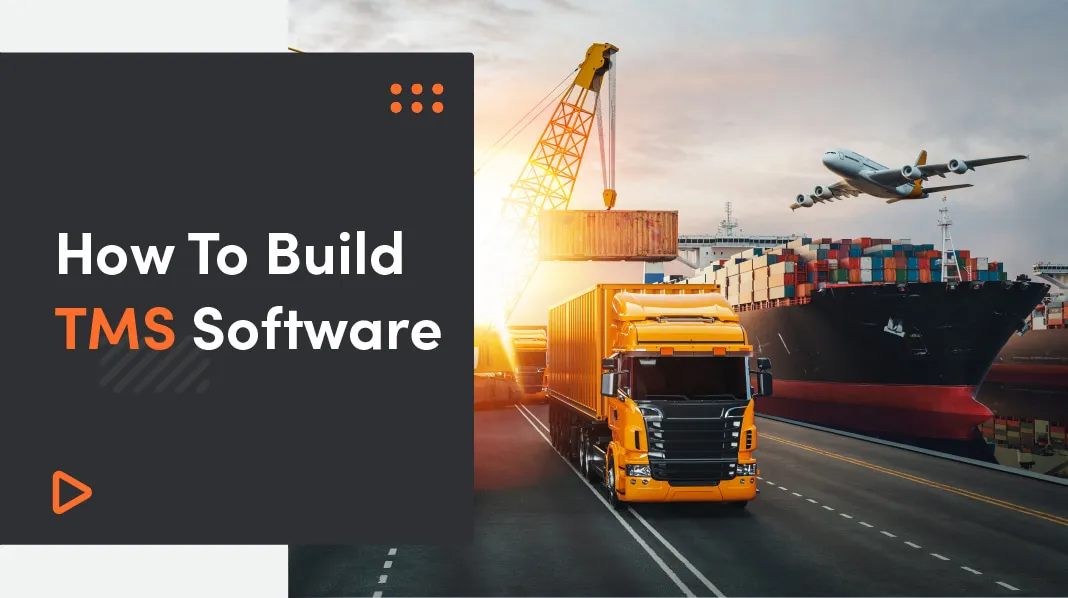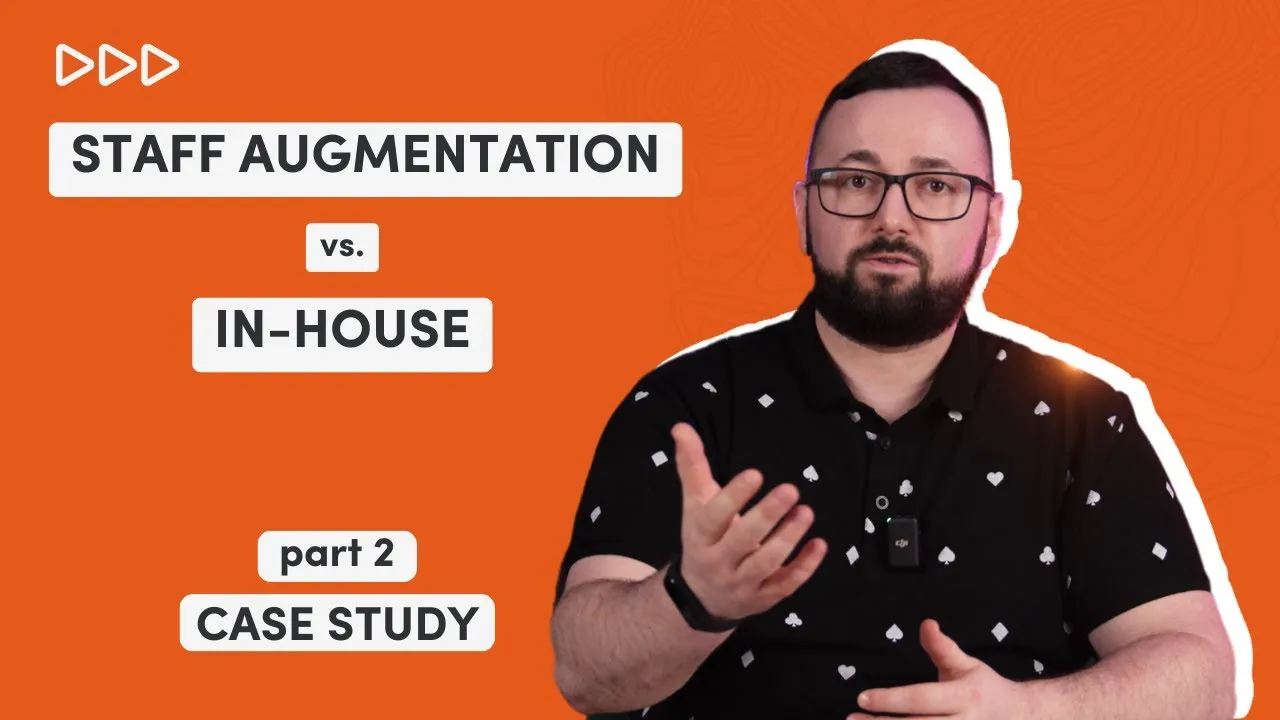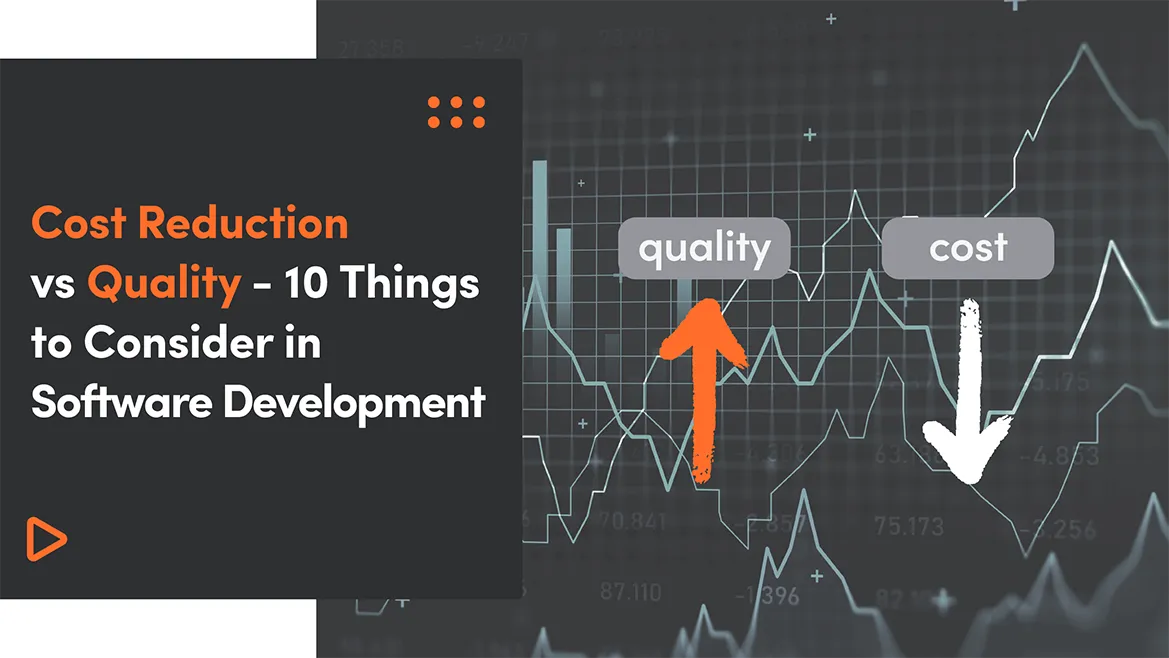In the realm of transportation management systems (TMS), the scope for organisational enhancement remains significant, yet the level of market adoption does not fully reflect this potential. A report by Grand View Research estimates the global **TMS market size at USD 13.61 billion in 2023, forecasting a robust compound annual growth rate (CAGR) of 17.4% from 2024 to 2030. This growth is propelled by the expansion of the retail and e-commerce sectors, alongside continuous technological advancements.
Moreover, the Transportation Management System Market Report predicts the TMS market to escalate from USD 13.5 billion in 2023 to USD 33.3 billion by 2028, demonstrating a CAGR of 19.7% during the forecast period. Such statistics underscore a marked shift towards TMS adoption, driven by the need for enhanced route management, efficiency in freight auditing, and payment processes among businesses seeking competitive advantages in logistics and supply chain operations.
What will you learn from this article?
- How does TMS software contribute to reducing freight costs and improving supply chain efficiency for businesses?
- How does a Transportation Management System (TMS) improve customer service and overall satisfaction in the logistics sector?
- How does the integration of Artificial Intelligence (AI) and machine learning in TMS software enhance route optimization and decision-making processes?
- In what ways do cloud-based TMS solutions offer advantages over traditional on-premise systems?
- What are the key features and functionalities that define a good transportation management system software?
- Advantages and potential challenges of developing custom TMS software compared to adopting ready-made solutions from market leaders.
What is the Transportation Management System Software?
A transportation management system (TMS) is a part of supply chain management (SCM) focused on transportation logistics. TMS enables interactions between an order management system (OMS) and distribution centre (DC) or a warehouse.
This software helps suppliers keep track of shipments, carrier inventory management and keep in touch with the buyers. It is one of the most used systems in trading and logistics, bringing success to the trade deal.
Transportation management solutions are an amazing option for many shippers as they offer scalable and flexible options as a part of their services.
Trends in TMS
Just like in any other industry, we can observe some emerging trends in TMS software.
Cloud-based systems
The adoption of cloud-based TMS solutions is set to intensify, primarily due to their scalability, cost-efficiency, and the ability to facilitate remote access. These systems are increasingly favoured for their agility in adapting to fluctuating customer demands and logistical challenges, eliminating the need for substantial on-premise infrastructure. In 2024, expect to see more sophisticated cloud services that offer enhanced security measures and compliance capabilities, aligning with stringent industry standards and regulations.
Open-source platforms
The momentum towards open-source TMS platforms is expected to surge, driven by their flexibility and the control they offer over customisation. These platforms are becoming more robust, with communities contributing to their development, ensuring they are secure, scalable, and easily integrated with existing systems and new technologies. The focus will likely shift towards enhancing the security frameworks of open-source TMS to appeal to a broader spectrum of industries concerned with data protection and privacy.
Enhanced automation
Automation in TMS is moving beyond routine tasks to encompass more complex decision-making processes. By leveraging AI and machine learning algorithms, TMS can now predict transportation trends, optimise routes in real-time, and offer dynamic pricing models. The future of TMS automation includes more intuitive interfaces for managing freight movements, predictive analytics for anticipating supply chain disruptions, and automated compliance checks, significantly reducing manual oversight and improving efficiency.
Connected trucks and IoT Integration
The concept of connected trucks is evolving with the Internet of Things (IoT) integration, offering unprecedented visibility and control over logistics operations. TMS in 2024 will likely feature advanced telematics and IoT sensors for real-time monitoring of vehicle health, cargo conditions, and environmental parameters. This integration facilitates not just real-time tracking, but also predictive maintenance, enhanced safety features, and optimised fuel consumption, leading to more sustainable logistics practices.
People-centric approaches
As technology advances, the emphasis on people-centric approaches within TMS remains paramount. The future will see a greater focus on user experience (UX) design, ensuring that systems are intuitive and accessible for all users, regardless of their technical proficiency. Training and support services will become more personalised, leveraging AI to provide tailored learning experiences and support. Moreover, TMS providers will continue to invest in their teams, fostering a culture of innovation and continuous improvement to meet the evolving needs of the industry.
Those systems take over shipping processes including:
- route planning - TMS determines the least labour-intensive route and develops a transportation plan according to the number of cargos, means of transportation and buyers’ demands.
- transportation itself - the software regulates the way cargo is being moved, it checks the schedule, accuracy of the driver’s performance and the overall safety of the cargo.
- support and execution - TMS performs administrative tasks needed to successfully get the shipment to its destination including customs clearance, documents verifications or workflow facilitation
Benefits of TMS: Why do you need Transportation Management software?
For many companies, TMS software can improve transportation operations and drive business in a better way in order to provide better service to customers. There are many benefits to those systems and some of them include:

- Delivery tracking
A TMS software provides the ability to locate packages in real-time, which ensures 100% transparency throughout the shipment process. The information like the amount of time a route takes can be later used to find a more efficient way.
- Supply chain efficiency
The ability to track drivers, inventory and other processes allow businesses to increase their productivity. This directly influences the supply chain, logistics operations and provides savings to users. By using TMS, your customers are at all-time informed about the shipping process.
- Reduced expenses
One of the greatest benefits of TMS is reduced freight costs. Thanks to complex analytics and optimization you are able to reduce expenses and use collected data to make smarter decisions. TMS can reduce freight costs from 3% to 12%.
- Better customer service
The software improves customer service levels due to the ability to monitor shipments and the distance from their destination. Your clients stay up-to-date and can access the tracking at any time.
- Warehouse efficiency and productivity
Well-organized warehouse management is a crucial part of the logistics process. Pairing a TMS with a warehouse management system (WMS) will allow you to create a record of orders and track where they are located in the warehouse or transit.
- Analytics
TMS systems are an incredible database of information. They allow performing what-if analysis for tactical and strategic decision support where actual scenarios can be measured with actual results.
- Reporting
Today’s TMS platforms have extensive standard and customized reporting capabilities. They can be done on a schedule or on an ad hoc basis. Those reports can be operation, customer service or finance-oriented.
Who needs TMS software solutions?
Transportation management systems are primarily used by businesses that ship, move and receive goods on regular basis, like:
- manufactures,
- retail businesses,
- distributors,
- eCommerce companies,
- companies providing logistics services, 3rd and 4th party logistics (3PL and 4PL) and logistics service providers (LSPs).
Which Type Of TMS Should You Use?
There are 3 basic types of TMS you can build or use. Obviously, each of them has its own advantages and disadvantages, so before you decide on one, think which one would be the best suited for you.
Manual system
A system that requires human resources, which consequently means more expenses to your business as human labour is costly and requires checkups. This type of system is quite outdated. Your team will require education and practice as it is prone to error. You must also consider the lack of data and low progress dates. On the other hand, you gain confidence that any system defects or technical failures are not applicable in this case.
Automated TMS
The most profitable, cost-efficient and convenient system. All processes are taken care of by technology. This system is transparent for all participants. Updates like delays, issues on the route, changes in transportation will be displayed in the system. You might add a feature that all parties will be notified about any changes. The system can be accessed via mobile devices as it is cloud-based.
Outsourced TMS
A system owned by a third-party company based on a subscription. They are responsible for solving any problems and managing the transportation system. This system is the least labour-intensive, however, you have to entrust the growth and expansion of your business to an external provider.
Custom vs Ready-Made transportation and fleet management solution?
Many vendors provide ready-made TMS solutions, the only thing you have to worry about it to pay for the initial implementation and subscription. You may then wonder, if there is a need to develop yet another TMS if there are so many available like the top market leaders TIMOCOM or trans.eu.
Everything depends on your requirements and the specific needs of your business. Each case is unique and has its own internal transportation processes, so it is crucial to define your operational needs, what you want to achieve by using TMS and consider your long-term goals. For example, one of our clients contacted us because he needed a trustworthy platform that could connect all of his partners.
Another thing to take into account is the costs. Some of them can be hidden, as they relate to the license, implementation, maintenance, subscription or the necessity to purchase and implement 3rd party software. Data security is also crucial, so here in-house solutions are a big advantage.
To avoid any problems with development, you can consider outsourcing the process to a software house that will be able to create a working solution from scratch. Companies like Selleo expertise in building custom software according to client’s requirements, with a design and functionalities best suited to the business served.
How to build TMS software from scratch?
1. Idea validation
Just like in the case of any development project, before you start building it is crucial to validate your idea and do market research. Conduct a self-assessment, review all operations within your businesses to identify your weaknesses, recognize limitations and come up with the features you will need most.
2. Key challenges of TMS Software Development: What Makes a Good Transportation Management System?
The first step of the development is to carry out a prototype software that can be used for pilot testing. However, when building your own TMS solution you should be aware of the key challenges that you may face during the development process. Some of them are:
- **The supply chain processes planning **which are currently distributed among multiple peers can be optimized with a proper centralization via the dedicated platform for transportation planning.
- The transportation management application development has to be capable of calculating the best route for cargo sea and road shipping when provided initial parameters (the type of cargo, weight, width etc.). It should also calculate routes based on the expected weather in order to optimize fuel consumption, time and costs.
- Your project may also involve an algorithm that matches cargo with trucks, which is primarily used by carriers and freight forwarders. The platform should serve as a tool to manually place/accept offers and edit routes when changes occur.
3. Key features of transport management software
Good transportation management systems are multifunctional and allow various data processing. Apart from the basic functionalities like real-time tracking, route optimization or automated carrier selection. When deciding on what features to go for, it is useful to come up with potential user stories that will help you better understand the needs of your customers.
Freight forwarder view
In the case of freight forwarding there are a couple of key features of a well-suited TMS system should possess, they are:
- specify cargo details - the ability to add details like weight, dimensions, type, customs clearance or route
- GoodLoading - the wizard should have similar functionalities to GoodLoading, which means assessing requirements and availability of space
- route checking - the ability to check the available carrier routes in a given radius from the provided location
- historical data - the forwarder should be able to check historical data and based on that, decide what to do next
- contact - forwarder can communicate with customers if assistance is needed
Carrier view
On the other hand, from the point of view of a carrier, crucial features may include:
- track location - carriers can track his location on a map
- check fees and documents - carriers should be able to check customs clearance fees and necessary documents for a given transport
- calculate costs - based on historical data or a price table, the calculation can be done semi-automatically and sent to the forwarder to make final checks and edits to be accepted by the client
- easy contact - the carrier is able to contact freight forwarder at every step of the shipment
In terms of an approximation solution, you can use what is already provided by Google Maps combined with https://pgrouting.org tool.
If you are looking into even more features, consider adding functionalities like:
- contract management (eg. viewing contracts, comparing costs, tracking terms and agreements),
- risk management,
- reporting and analytics,
- freight settlement (eg. paying invoices, auditing, creating payment vouchers),
- performance monitoring,
- transportation process views.
4. Choose a software development company
Developing a TMS software from scratch requires thorough market research, a clear understanding of your operational needs, and a strategic approach to software development. Key features should include real-time tracking, route optimization, and automated carrier selection, tailored to the unique user stories of your business. Choosing the right software development partner is crucial, with a focus on their expertise in similar projects and technological proficiency.
5. Tech stack
As an experienced software development house, we recommend using Elixir or Ruby for the back-end, as they both provide scalability and flexibility. The front-end of the application can be done in React.js or Ember.js. Our database of choice is usually PostgreSQL while the services could be hosted on AWS/GCP or customer servers.
Learn about how Row-Level Security in PostgreSQL for enhanced data governance, data protection and risk mitigation.
Conclusions
In the modern world, global trading is taking over the market. Companies that want to meet the clients’ demands and stay up-to-date use TMS systems to automate logistics and trading. In the future, it is expected that we will be able to make use of autonomous trucks (currently being tested by Tesla and Mercedes), which may turn out to be the next big innovation in the TMS field.
There are many benefits to using a transportation management system including cost savings and improving customer satisfaction. You can choose to use a ready-made software or build a custom one - depending on your business needs.
Some of the key features of TMS software are real-time tracking, route optimization and automatic carrier selection. Apart from that, your solution can generate reports and provide detailed analytics of your historical data.




